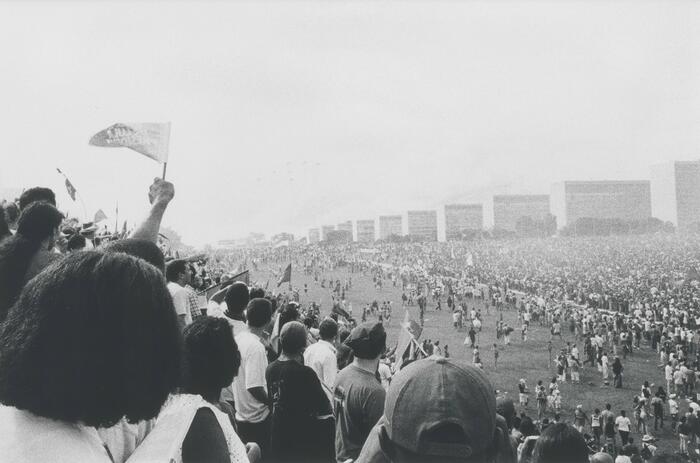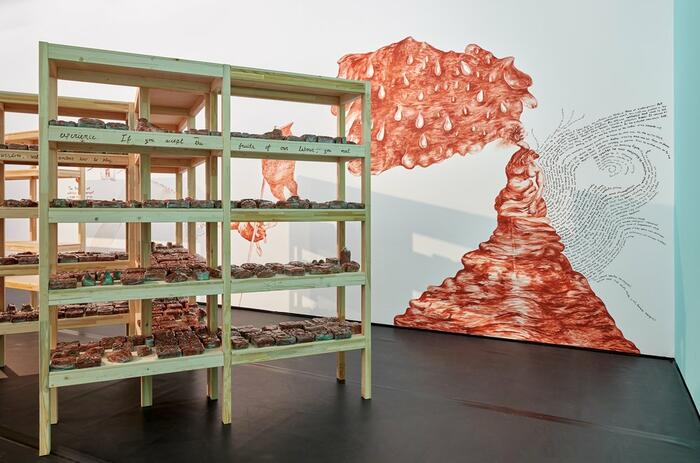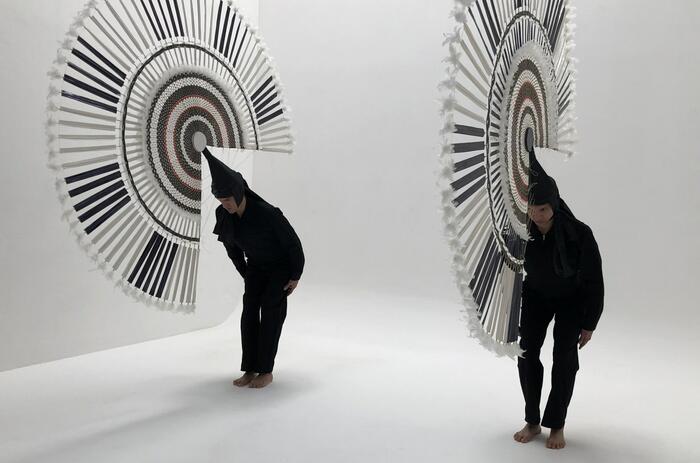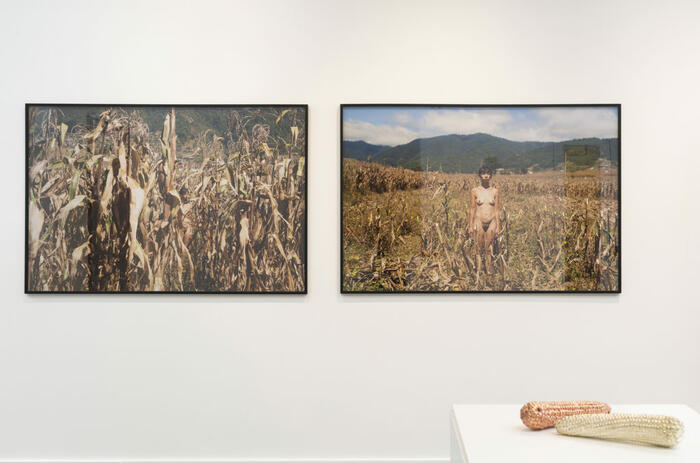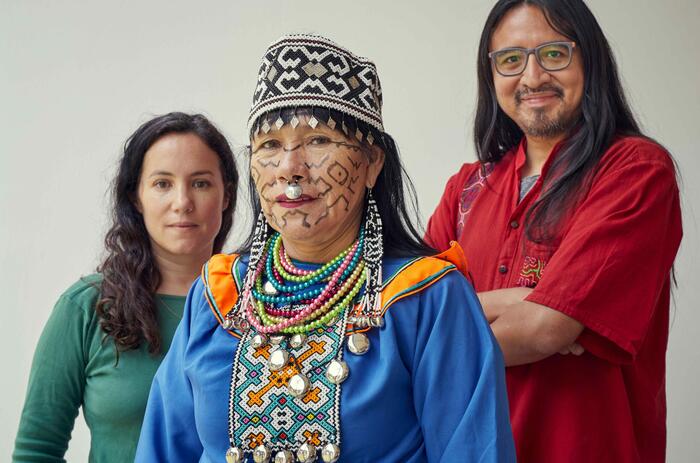RIVERS CAN EXIST WITHOUT WATER BUT NOT WITHOUT SHORES. THE EXHIBITION AT MAC LIMA
The exhibition proposes a review of the concepts and imaginaries with which the territories of the Amazon have been represented and covered from a perspective that sought to defend property over it, in order to assert sovereignty for the exploitation of its resources and its inhabitants.
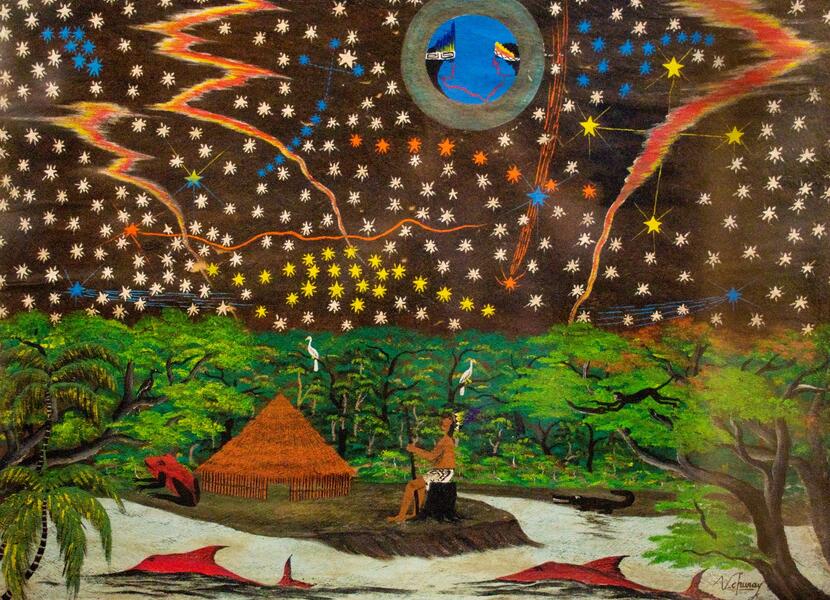
A "land without stable geography and history", an "insecure land in which the Genesis stage has not yet ended", a "land without memory", the region of "amnesiac forests, without tombs and without history", the "devil's paradise" or the "green hell". These descriptions correspond to the stereotypes created about the Amazon over several centuries. These understandings of the region as outside of civilization, precarious and unstable, served to sustain intervention projects of various kinds. Among them, the European expeditions or the subsequent work of the rubber tappers at the end of the 19th century and the beginning of the 20th century, which resulted in the systematic murder and violence exercised on various Peruvian indigenous peoples, the dispossession of their ancestral territories and the excessive exploitation of natural resources.
These descriptions demonstrate an eagerness to categorize the Amazon as a place without memory and without history. Today we can argue that it is a territory that affirms other ways of understanding the relationship with time, myth and historical discourse, or the links with other beings and their knowledge. Moreover, this region challenges the categories imposed from an external perspective and opens up new possibilities for the generation of knowledge and ways of coexistence for contemporary societies.
The exhibition brings together projects by a diverse group of artists –including creators from the Bora, Huitoto, Shipibo-Konibo, Wampis, Ashaninka, Iskonawa and Tikuna peoples– who develop representations of the Amazonian spaces and ecosystems we inhabit, to suggest new ways of thinking about them and establishing an understanding of them. Their research recovers the mythology, knowledge and intelligence of plants and animals. They also include other voices to construct narratives of events such as the rebellion of Juan Santos Atahualpa, the genocide in the context of the rubber boom, and other social conflicts and problems such as the Bagua massacre, migration, uprooting and drug trafficking. They also criticize the indiscriminate exploitation of resources such as oil, highlight the violence resulting from illegal mining and logging, and denounce the systematic murder of environmental defenders and indigenous leaders.
Rivers can exist without water but not without shores, dialogues with the work of artists who work on the Peruvian Amazon context: its knowledge, its problems and its spaces for dialogue and exchange. When thinking about and representing the Amazon, it is essential today to rethink the images that have determined the ways of understanding this region, opening the opportunity to highlight the elements of interconnection between times and beings and the search for a common balance and coexistence. The courses of its rivers invite us to see deep into the background, not only the waters that flow evidently, but also those other principles that contain them and mark the flow of its currents.

